We are all so familiar with acne and what it is (as well as how much we hate it!). However, when those dreaded blocked and inflamed follicles begin to appear on parts of our body that are not our face, we seem to be able to tolerate it even more. But what exactly is body acne? Is it any different to the acne we get on our face? Madeline Calfas, founder of the Wellness group, gave us her top tips all about body acne, how to get rid of it and more.
You’ll also like this:
The Top Clean Beauty Product Trends for 2021
The 10 CF New Beauty Releases – This April 2021
Radiant Skin Starts from Within | The Beauty Chef
What Causes Body Acne?
First, let’s deal with the technical side of it. Acne is essentially an increase in sebum (oil) production that (mixed with a few dead skin cells) leads to a blockage of the follicle. When there is just a blockage, these are whiteheads and blackheads (the little lumps and bumps that make up just won’t cover).
Acne isn’t really considered acne until there is inflammation and infection, which is caused by an overgrowth of Propionibacterium acnes, a lovely little bacteria that is actually always in the follicle, but usually just deeper down in the follicle and in controlled numbers. When there is an increase in sebum, this allows the P. Acnes bacteria to thrive and get out of control, which in turn creates inflammation.
Is There Any Difference Between Body Acne and Facial Acne?
In short, no. The only real difference is the location. The causes of body acne are also fairly similar to the causes of facial acne, such as:
- Non-hormonal influences: Including hair removal, stress, some sunscreens and even travel (who hasn’t felt the arrival of an unwanted spot the minute the plane’s doors have closed and begun pressurising?).
- Mechanical influences – athletes can attest to this one. The constant rubbing and friction of clothing can lend themselves to the development of acne in those affected areas.
- Sweat! Underneath all of your clothes, your body is much more prone to sweat, which creates a lovely warm and humid environment, perfect for bacteria to thrive in.
- The dreaded hormones. This can include several different sub-headings: – elevated testosterone (in both guys and girls) can increase your sebum production, which is literally like feeding fuel to the fire! P.Acnes bacteria love the stuff, and the more of their preferred fuel source there is, the more they will bring their friends to the party.
Testosterone also stops the shedding of the dead skin cells (keratinocytes), which leads to the blockage of pores. Essentially testosterone is a negative double whammy. – PCOS or Polycystic Ovarian Syndrome, a condition that affects women’s hormone levels and leads to an increase in male hormones. It can also lead to an increase in insulin resistance, which brings us to – Insulin resistance.
Insulin is a peptide hormone, and there have been many studies that have shown a link between insulin resistance and acne. People who consume diets that are high in sugars and white flour, as well as refined, processed foods are much more likely to suffer from acne. Teenagers, in particular, are naturally insulin resistant as it encourages growth, which can often explain why you are much more likely to experience acne during your teenage years.
How to Treat Body Acne?
Now that we know what and why the question lies: What can be done about it? and how to get rid of body acne. There is a multitude of different options when it comes to treating body acne.
1. First and foremost, pay attention to your diet. Having rich in low glycemic load foods such as fresh fish, vegetables, nuts and berries can make a dramatic difference to acne. Aim to keep your protein intake around 25%, and try to keep proteins that contain hormones such as red meat and poultry to a minimum (opt for free-range and organic suppliers that don’t use hormones on the farm).
2. Watch your weight – Try to keep extra fat around your stomach to a minimum, as fat gain here is usually hormone-driven fat.
3. Try to reduce any friction-affected area – by choosing looser clothing if practical.
4. Make sure you shower properly on days that make you hot and sweaty. It may seem like a no-brainer, but all too often it is easier to skip the shower because you’re tired or have to rush off somewhere. Don’t do it. A quick shower with a good anti-bacterial body wash can work wonders. Ingredients such as tea-tree and manuka honey are great natural anti-bacterial options.
5. Try to avoid products that contain BPA (bisphenol A) (you will be seeing an insurgence of BPA-free products these days), which has been shown to increase testosterone levels.
6. Seek professional help – with a naturopath/nutritionist/integrative doctor who can put together a supplementation program for you to help with any hormonal and sebum imbalances.
7. Reduce your stress levels – chronic stress leads to an increase in cortisol levels 9another hormone), which leads to a chronic state of inflammation and has been shown to have a direct link to the skin microbiome.
Most importantly, remember that dealing with acne is always a marathon, not a sprint. It takes time to see changes, so don’t expect miracles overnight, and give your treatment regime time to work
You’ll also like this:
How To Relax? 3 Easy Ways to Slow Your Thoughts
8 Beautiful Brands that Help to Save The Planet
Everything you Need to Know About Storing, Selecting and Wearing Perfume
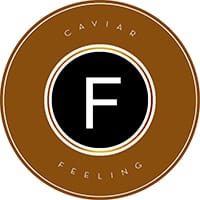
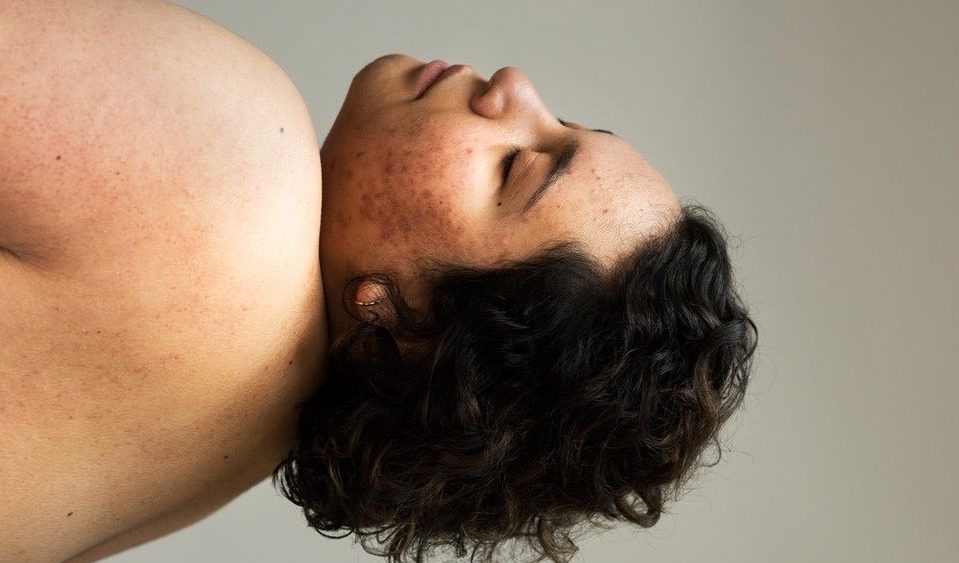


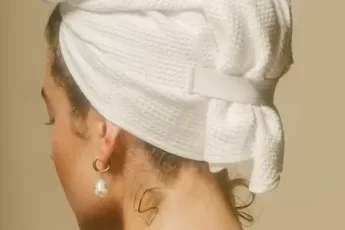
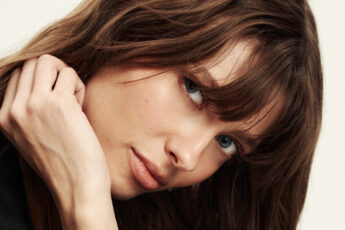
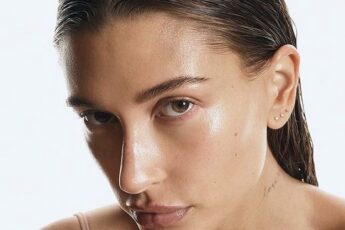

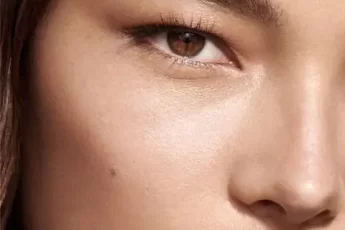
Leave a Comment